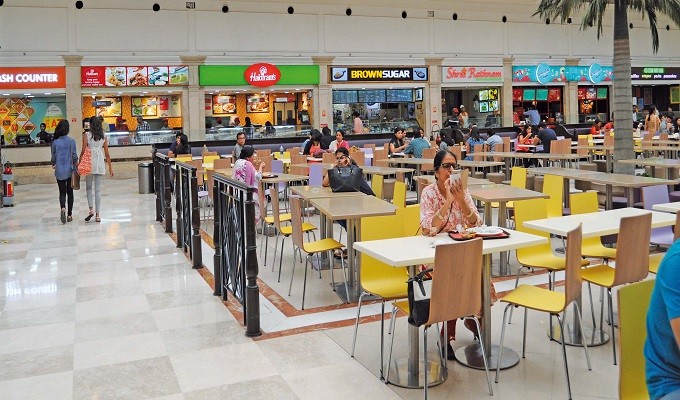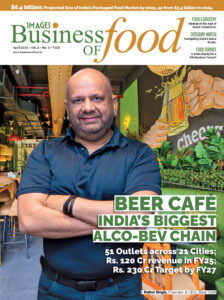Have you ever wondered why two cafes or grocery supermarkets are often right next to each other, but then there’s none for miles? At first, this might seem odd. Wouldn’t a shop get more customers if it’s far from its competitor? The answer to this puzzle can be found in a concept known as the Nash Equilibrium.
To explain this idea, let’s imagine a situation. There are two ice cream sellers, Seller A and Seller B, on a one-kilometer long beach. They both want to sell as much ice cream as possible. On day one, they set up their stalls halfway down the beach, with Seller A on one side and Seller B on the other. This way, each of them gets about half the beach-goers. It’s a fair split. However, Seller B wants more. So, on the second day, he moves his stall to the middle of the beach. Now, he gets more customers – about 62.5%, leaving Seller A with only 37.5%. Seeing this, Seller A also moves to the middle of the beach on the third day. Now, they’re both back to splitting the customers 50/50. Neither can move without losing customers to the other. This situation is called a Nash Equilibrium in Game Theory, named after the mathematician John Nash.
In simple terms, a Nash Equilibrium is a situation where no one can benefit by changing only their own strategy. If any changes are to be made, they have to be done by all the players. This theory isn’t just about ice cream seller. It’s the reason why real shops, restaurants, and petrol stations often set up next to their competitors.
Being near competitors means more potential customers, and moving away could mean missing out on these customers. So, it may seem strange, but setting up a shop right next to a competitor can be a smart move.
The next time you see two competing shops side-by-side, remember it’s not just a coincidence. It’s all part of the game of business, where sometimes, the best move is to stick close to your competition.
Retail consultant Madhumita Mohanty offers her take on the Nash Equilibrium and why retailers choose to open stores next to each other. “When we choose to open stores in a city, one of the choices is opening next to competition. The reason for this is simple. If there is an area where multiple stores exist for a certain category, then customers are used to visiting this ‘cluster’ or ‘zone’ for their purchase of that specific category and therefore a new player will gain from the already existing footfalls in the area.’’ She further adds, ‘‘However, to convert the footfalls in the area to ‘customers’ depends on the retailer’s strategy, product assortment, pricing, service and other factors.”
This kind of zoning or clustering based on Nash Equilibrium exists in many Indian cities and its streets dedicated to jewellery, footwear, old books, electronics, fruits and vegetables. The competitors are struck to each other and tap customers, thus surging their businesses.
For more such insightful pieces, subscribe to Progressive Grocer HERE




